
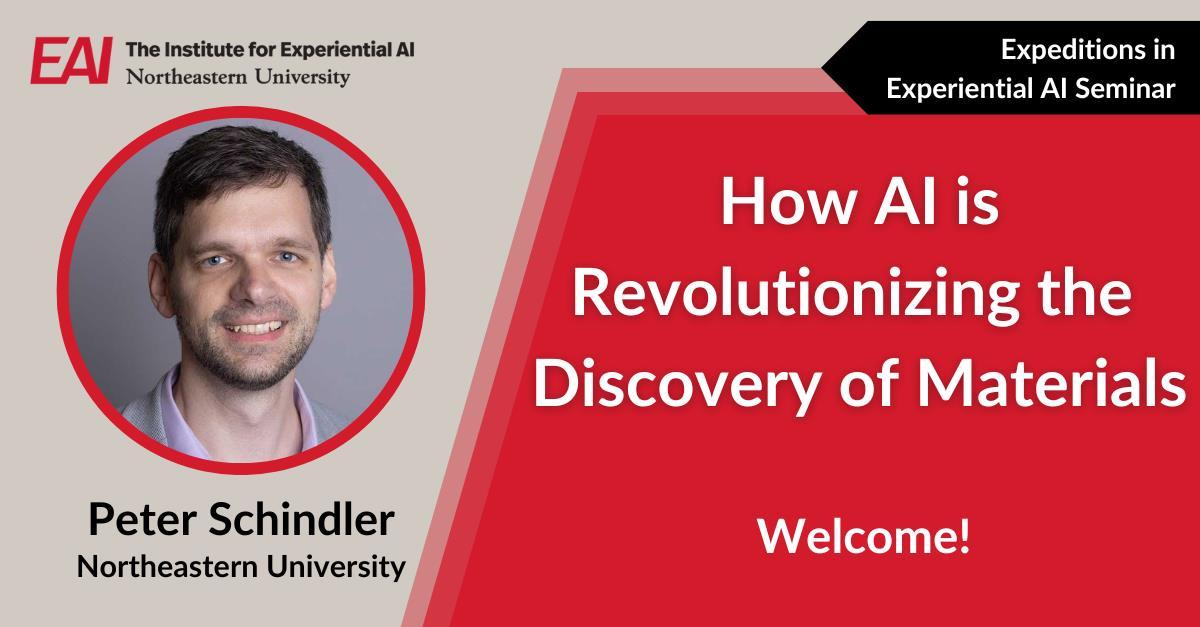




Materials Changed Societies and Enabled new Technology:




























Stainless steel, vulcanized rubber (car tires), Teflon, Play-doh, Saccharin, Super Glue,…


Edisonian (Trial and Error) Approach:
He tested over 6,000 plant materials to discover the final light bulb filament
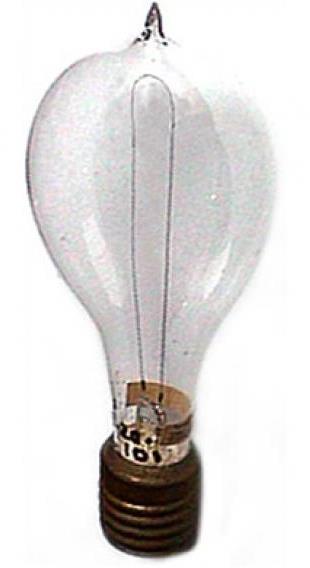
wikimedia.org,


Of all (solid state) materials that we know of today, how many were discovered in the last 10 years?

pollev.com/peterschindler


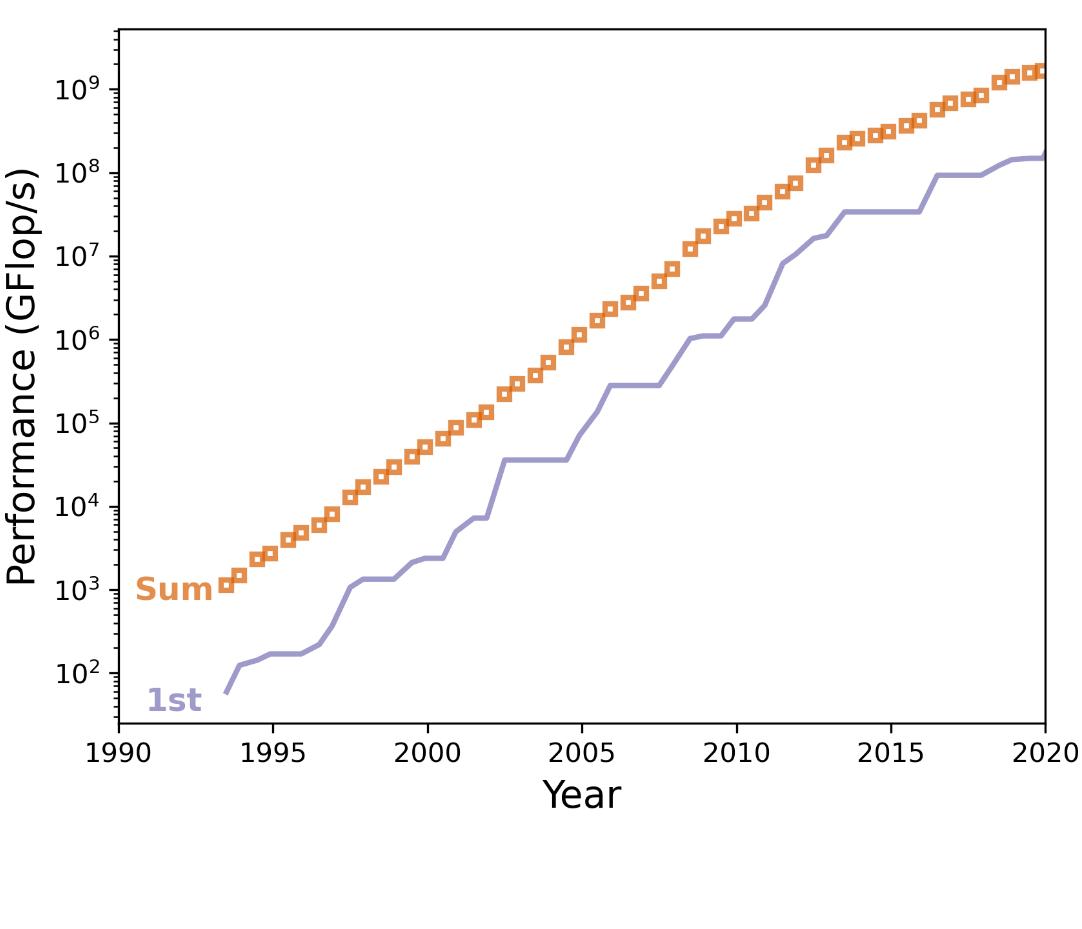


Doubles every ~22 yrs
1st : Empirical Science
~33%
2nd: Modelbased Science
Doubles every ~1.3 yrs
3rd: Computational Science
4th: Data-driven Science

Bulk modulus
Stress tensor


Surface
Work function
Surface/cleavage energy

Adsorption energy

Magnetic
Magnetic ordering
Magnetic moment
Dielectric constant
Absorption spectra

Density of states
Band structure
Thermodynamic
Vibrational entropy
Phase stability (Hull diagram)

Experiments (Synthesis) ~ weeks to months (to a Ph.D.)
First principles calculations ~ hours to days (to weeks)
Still too long to screen >100,000 candidates
Discovery Cluster
Over 20,000 CPU Cores and Over 200 GPUs
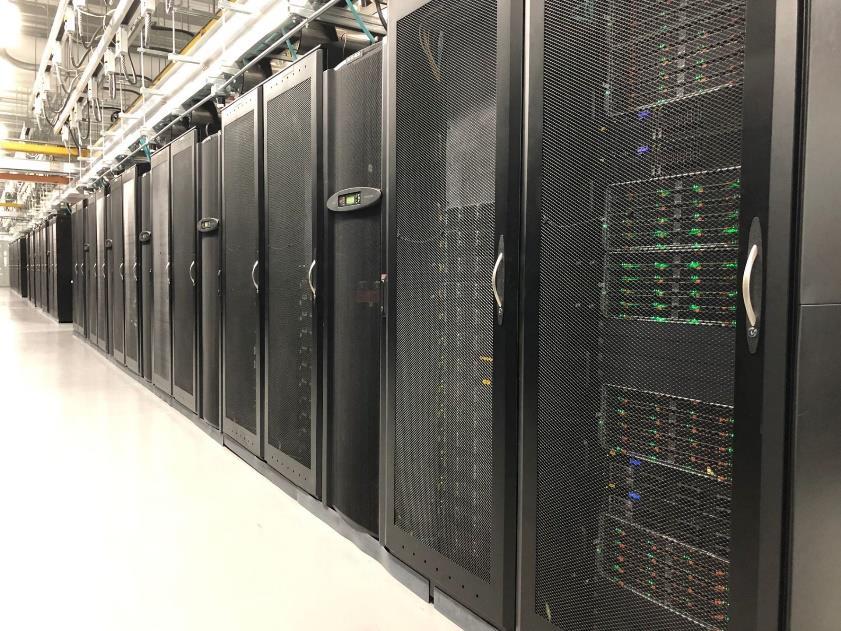
Hosted at MGHPCC (90,000-square-foot facility)



Derived or measured properties

Physical & Chemical insight/intuition

* = fingerprint = feature (vector)










XRD, TEM, etc.
NLP and LLMs

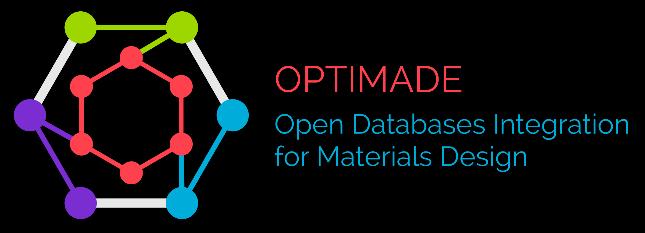

Atomistic simulations
Materials properties

High-throughput computations of properties
Micrographs
XRD, TEM, etc.
Scientific Literature

NLP and LLMs



How change the model/architecture to improve performance?
Shallow ML + feature engineering

Experimental Computational Small Data
Big Data Spectra, Images
Data-centric AI
How systematically change data (x/y) to improve performance?
Big Data “Good Data”
Deep Learning
Experimental Computational Small Data
Big Data Spectra, Images
Experimental Computational Small Data
Big Data Spectra, Images
Experimental Computational Small Data
Big Data Spectra, Images


Coordinates
Atom types
Lattice vectors

Coordinates
Atom types
Periodic
Space group symmetry
Non-periodic

Point group symmetry
E(3) invariant
i. Meaningful and Universal (and fixed in number)
ii. Compact and Cheap(er) to Compute
iii. Invariant Under Crystal Symmetries (and atom permutations)
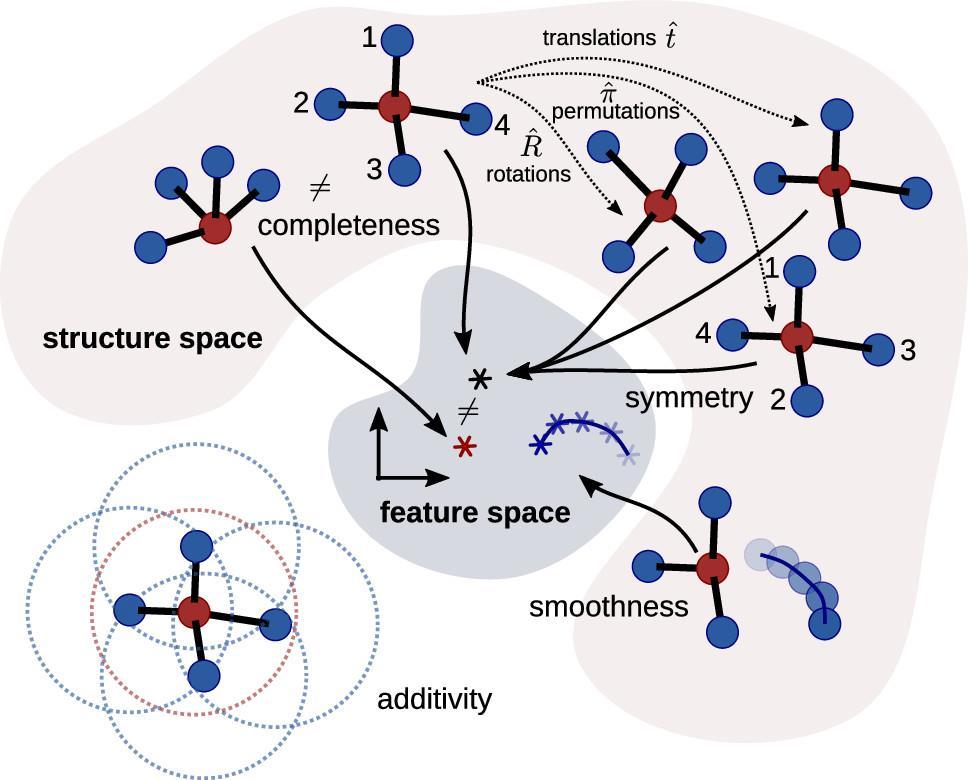

iv. Continuous (small change in atomic structure = small change in descriptor)
v. Reversible
vi. Unique
vii. Additive
viii. Uncorrelated


CGCNN
Crystal Graph Convolutional NN


ALIGNN
Atomistic Line Graph NN
Others: M3GNet, SchNet, PointNet, PAINN, DimeNet++, …
Invariant to E(3)

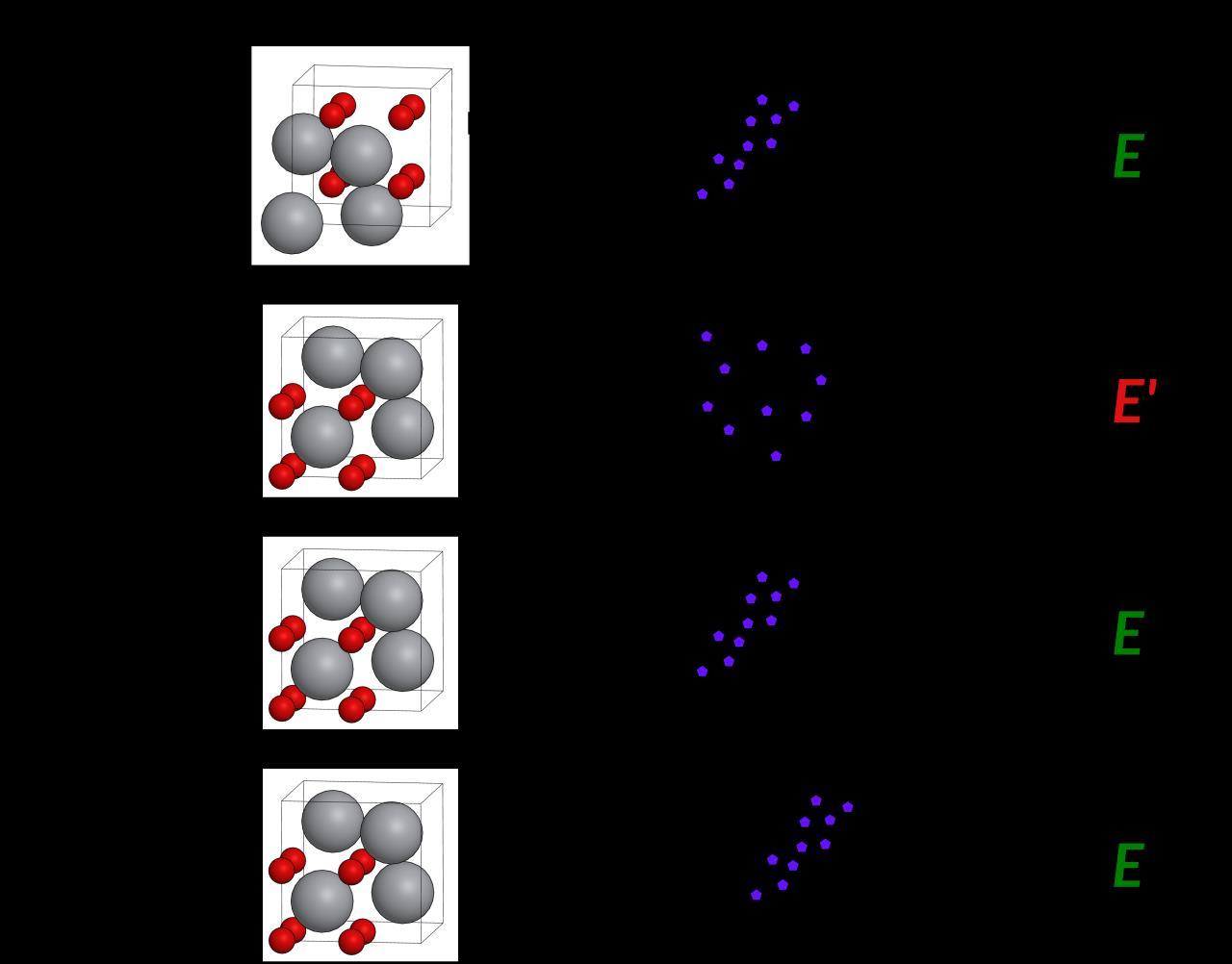
Requires data augmentation
(inefficient & not physical)
No additional data required
Improved transferability and data efficiency


Interested in the math/CS details?


→ Prof. Robin Walters at Northeastern (Khoury College)










Vacuum gap

Heat Input
• No moving parts
• Power output scales with area





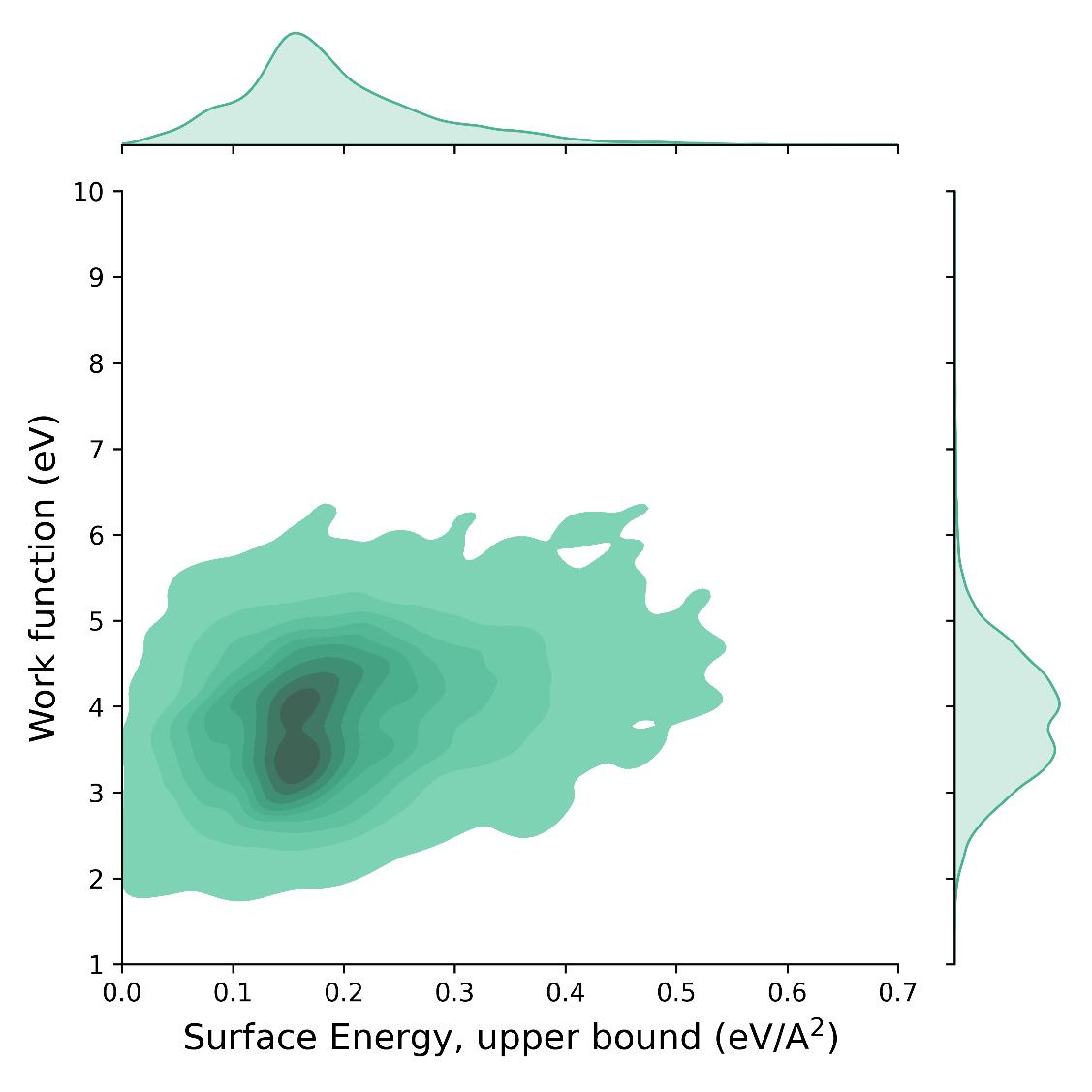


Elemental features
200 features
15 features
~105 faster than DFT

Structural features

After ionic relaxation: Discovery of metallic surfaces with WF < 1.5 eV:



CsScCl3, Hexagonal, (100) Surface
BaX [X=Si, Sn, Ge], Orthorhombic, (110) Surface
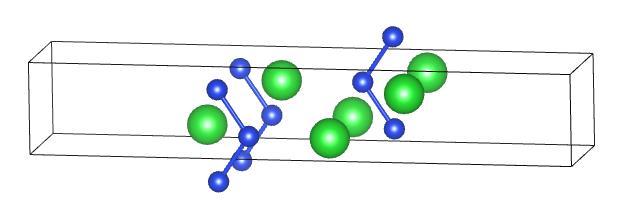


Electron emission from Photocathodes Depends on Work Function

Work Function
Photocathode Brightness ∝ 1 / spread in transverse momentum of electrons
Intrinsic Emittance

Physical Review B, 101 (2020).
E.R.Antoniuk, Y. Yue, Y. Zhou, P. Schindler, W.A. Schroeder, B. Dunham, P. Pianetta, T. Vecchione, & E.J. Reed. Generalizable DFT-based photoemission model for the accelerated development of photocathodes and other photoemissive devices





11 materials with intrinsic emittance < 0.3 µm/mm



+ 3 air stable low intrinsic emittance materials M2O (M = Na, K, Rb)
Advanced Materials, 33, 44 (2021)
E. R. Antoniuk, P. Schindler, W. A. Schroeder, B. Dunham, P. Pianetta, T. Vecchione, and E. J. Reed


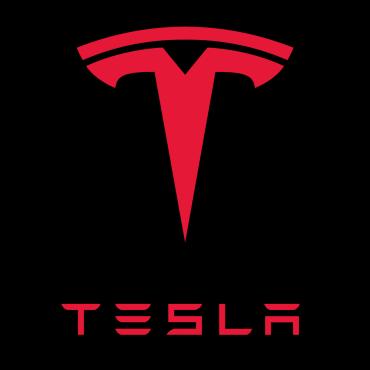


Structure generator leveraging AI potentials to construct crystals, surfaces, molecules, etc.
Database of 10B+ candidates, searchable by physical properties, safety, supply chain, price, etc.




AI platform to incorporate latest data, train new model, and guide next selection
Cloud-based DFT to compute properties of candidate
Source at Production Scale

Co-innovation partnerships with electrochemical materials manufacturers:


Aionics tools used internally to lead client’s in-house R&D















